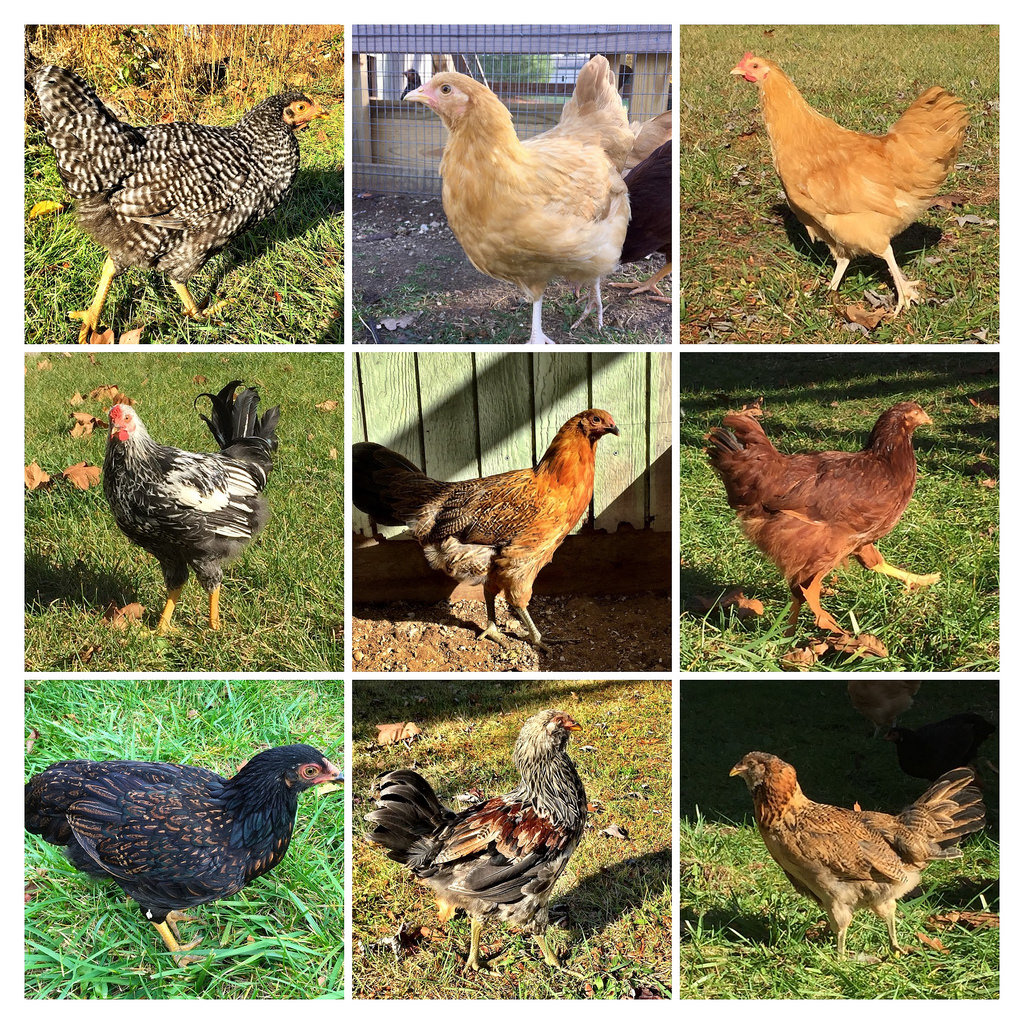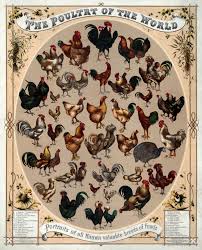
How to Find the Right Breed of Chicken
When considering purchasing chickens for your farms, there are some very professional, reputable online hatcheries that will send you chicks, and we recommend you consider going through breeding programs such as these. We order our chicks from McMurray Hatchery based in Iowa, and their website is https://www.mcmurrayhatchery.com
Most breeders will provide certain guarantees with them (e.g. certain number of males, females etc.) but this is not 100% reliable, as sexing eggs is ridiculously difficult. You will always get a couple of roosters (which you won’t want as, surprise, these don’t lay eggs). Our most recent breed is a sex link chicken called Red Star. They are brown-egg layers and consistently produce an egg a day from each hen. The Hatchery guaranteed all hens, since the sex link showed the females as reddish brown chicks and the males as yellow chicks…easy to separate.
Three Main Breeding Birds:
Leghorns: This is the breed that was popularized in cartoon form on The Bugs Bunny Road Runner Show@. They lay moderate-sized white eggs, and are well suited for uninterrupted laying (280-300 eggs per year). They have two laying cycles and will start out slowly, and then a good layer will lay once to twice a day. Then, after 50-60 weeks, they will stop producing for a month or two, during their “molt” cycle (when they will regenerate their lost pin feathers). After the molt, they will then proceed to their second laying cycle, which is less productive. After the second molt, laying becomes sporadic.
According to the McMurray Hatchery website: “Over 45 years of scientific breeding research have gone into the development of this layer through a blending of special strains of White Leghorns. These pullets weigh about 4 lbs. at maturity, start laying at 4 1/2 to 5 months, and will continue laying 10 to 12 weeks longer than most good layers. Livability and resistance to disease are very high, and the feed to egg conversion ratio is excellent, holding down the cost of egg production. When our local farmers ask us to recommend the pullet that will lay the most eggs of top grade and size, of uniform shape, good shell, and highest interior quality, and do it on the least feed and in smallest amount of space, we suggest the Pearl.”
Plymouth Rock: This bird comes in many different colors, have red earlobes, with a deep full breast and abdomen, which are great attributes for laying eggs. They live longer than other breeds, but this doesn’t necessarily mean they will produce eggs longer. These birds are great in cold temperatures. (Note: chickens are not as temperature robust as other animals, such as goats. Many breeds don’t like the cold, and in cold temperatures you will likely need a heater in the coop, while when it is hot, you should probably open all the doors, and perhaps even put in a fan, as we do).
Plymouths are pretty docile, and lay large brown eggs. Egg production varies among the various subtypes of this breed, but mimics the output of the Leghorn. The McMurray website states: “Prolific layers of brown eggs, the hens are not discouraged by cold weather. Their solid plumpness and yellow skin make a beautiful heavy roasting fowl. Their bodies are long, broad, and deep with bred-in strength and vitality.”
Rhode Island Reds: This is one of the most, all-time popular breeds of truly American chickens. Developed in the early part of this century in the state of the same name, they have maintained their reputation as a dual-purpose fowl through the years. Outstanding for their egg-production qualities, this breed has led the contests for brown egg layers time after time. No other heavy breed lays more or better eggs than the Rhode Island Reds. Baby chicks are a rusty red color and the mature birds are a variety of mahogany red.
This is definitely the most popular breed for backyard layers, which may be the type of small flock most single-family farms will have. They are very cost-effective, but our experience has shown that they are not one of the most docile, so although you will have the usual “pecking order” you may want to consider another breed for a backyard flock. If you are raising them strictly to sell the eggs… then they are one of the best, usually laying over 300 large brown eggs per year per hen.
Fun fact: About 90% of the time, you can predict the color of the eggs a chicken will aly by the color of the earlobes. Chickens have a little tuft of feathers right over their ear sockets, and if white like the Leghorns, they will lay white eggs, and if brown or red the eggs will be brown.
Next week…”Fancy Chicken Breeds”
If you want to learn more about Farm Animals and how to have your own homestead, click on this link: Sustainable Living Farm Conference April 14-15 2016


